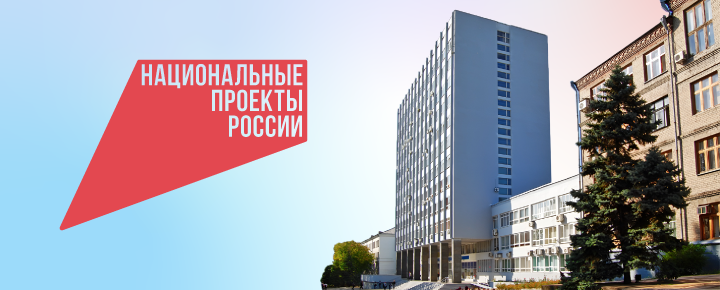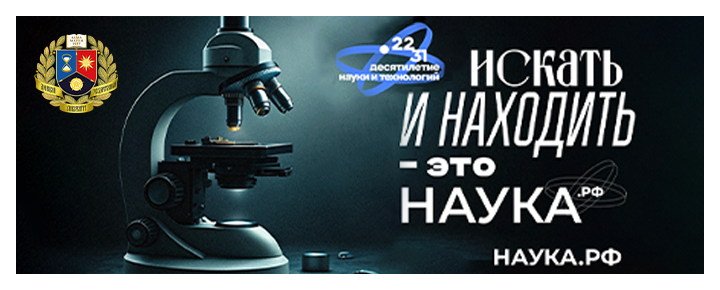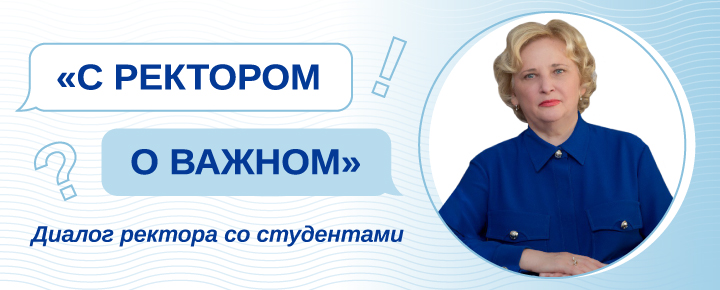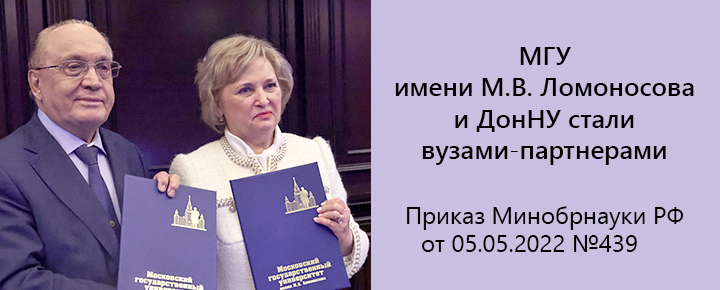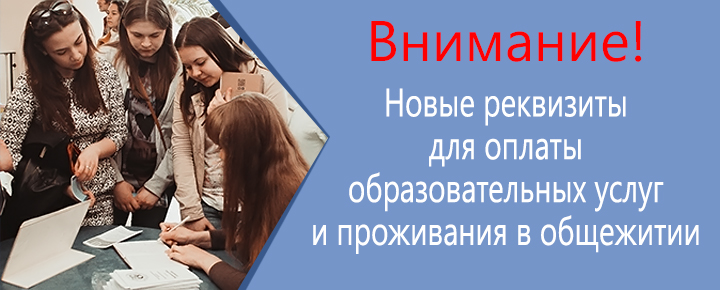Reviewing articles
The purpose of reviewing before publication is to ensure the accuracy and reliability of the presentation, and, if necessary, to ensure that the author follows the standards accepted in a particular field or science as a whole.
Peer review is used by the editors to select and evaluate submitted manuscripts and make decisions about the possibility of publishing a manuscript.
All manuscripts accepted for publication are subject to review.
When reviewing an article, the following are taken into account: its compliance with the topic of the journal, the scientific novelty and significance of the presented results, compliance with the rules for preparing articles, the validity of the results; reliability of using the results of other authors; correctness of references; quality of presentation and design.
Reviewing is done confidentially.
At the conclusion of the review, one of the following recommendations must be indicated: the possibility of publication in the journal (in the presented form or after appropriate modification, according to the reviewer’s comments) or the inappropriateness of publication.
The final decision on the publication or rejection of an article, as well as the order of its placement in the journal, is made by the editor-in-chief and, if necessary, the editorial board.
If the opinions of the editor-in-chief, editorial board and reviewers do not coincide, the article is sent for additional review.
An article sent to the author for revision must be returned in a corrected form, along with its original version and with a corresponding letter containing responses to all comments and explaining all changes made in the article.
The author bears full responsibility for the scientific content of the article and the accuracy of the data given in the list of references.
The editorial board reserves the right to edit articles without changing the essence of the problem presented.
Review Policy
The editors of the journal support a policy aimed at observing the principles of publishing ethics and recognize that compliance with the principles of editorial ethics is one of the main components of peer review and publication of the journal. Ethical rules and standards comply with those adopted by leading international scientific publishing houses. Compliance with ethical standards and rules is mandatory for all participants in the process of publishing scientific materials: authors, reviewers, members of the editorial board, editors and publishing staff.
Responsibilities of the Editor-in-Chief
Provides general management of the publication. Decides which of the works submitted to the editors of the journal should be published. The decision is made on the basis of scientific reviews and the opinions of members of the editorial board. Evaluation of papers is based solely on the content and quality of scientific results, without regard to the author's gender, race, sexual orientation, ethnic origin, religion, nationality or political views. Information about the submitted manuscript can only be provided to the author, reviewers, potential reviewers, members of the editorial board, and the publisher.
Responsibilities of the authors
Authors of the article must guarantee that the submitted manuscript is an original work. If the authors used the work and/or fragments of text of other authors, then there must be appropriate links to the published works.
Individuals who made significant contributions to the writing of the manuscript should be listed as co-authors. If a significant error or inaccuracy is discovered in a published manuscript, the author is obliged to notify the editors of the journal, demanding a refutation or correction of the article.
The editors of the journal undertake to comply with the principles of editorial ethics in cases of suspected duplicate submission of a manuscript or plagiarism.
The author is responsible for plagiarism.
The authors agree to the publication of their articles under the terms of the Creative Commons Attribution-NonCommercial 3.0 Unported license, which gives third parties the right to copy, distribute, transmit and adapt original materials for non-commercial purposes, subject to attribution. Authors retain copyright for published articles, while the journal retains first publication rights.
Review process
General provisions
1. Reviewing is carried out by two reviewers.
2. Review closed (double blind) - full name. The reviewer is not reported to the authors, full name. The author is not informed to the reviewer. When registering a file for blind review, you must comply with the instructions regarding blind review.
3. Reviewers' opinions are not final. The result of the review is the reviewer's recommendation.
4. In case of disagreement with the review, the author may send a reasoned response to the editor. The decision of the editorial board on the possibility of publishing an article is final.
Review procedure
1. The editor-in-chief of the journal or the executive editor makes a decision on the selection of reviewers for this manuscript according to the topic of the manuscript.
2. Manuscript materials are submitted for review to designated reviewers. The result of the review is the reviewer's recommendation.
3. The appointed reviewer reviews the submitted materials within 14 days and sends recommendations to the editors.
4. Reviews of the manuscript, through the editors, are sent to the author (without specifying the reviewer).
5. If the review of the manuscript is positive, the editors make the final decision on publication.
6. If there is a negative review of the manuscript, a review with a reasoned refusal is sent to the author.
7. If it is necessary to revise the manuscript, the editors send the author a review (along with all the comments and wishes of the reviewer).
8. After receiving the results of the review, the author prepares the necessary materials.
9. In case of revision of the manuscript, prepares a revised version of the manuscript.
10. The revised version of the manuscript is sent for re-review.
11. In case of disagreement with the review, the author sends a reasoned response to the editor.




